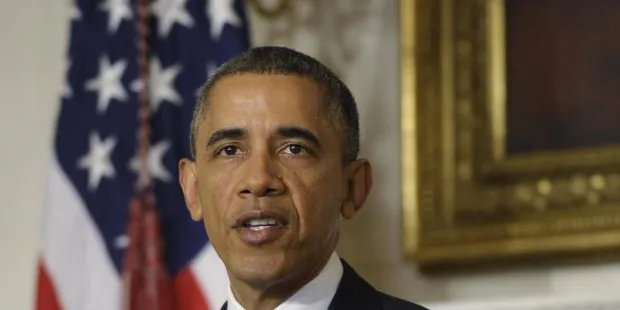Obama sets ambitious new US renewable energy target
President Barack Obama has set a new goal for civilian agencies in the federal government to “procure and facilitate development” of 1GW of new renewable power by 2021, while his administration took credit for launching the large-scale PV market in the US.
